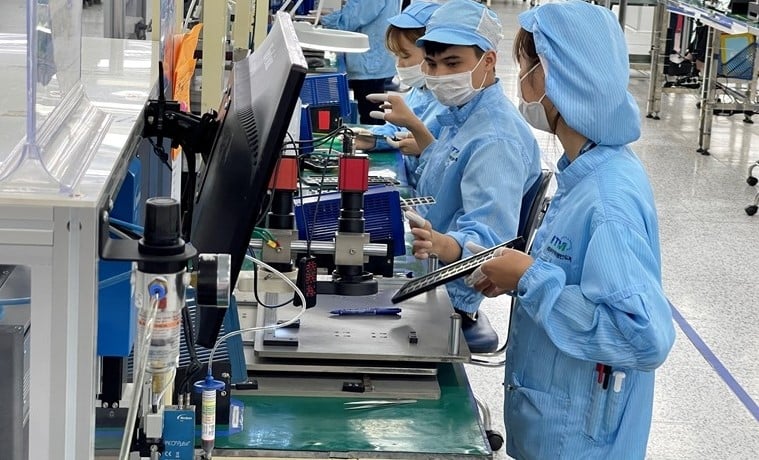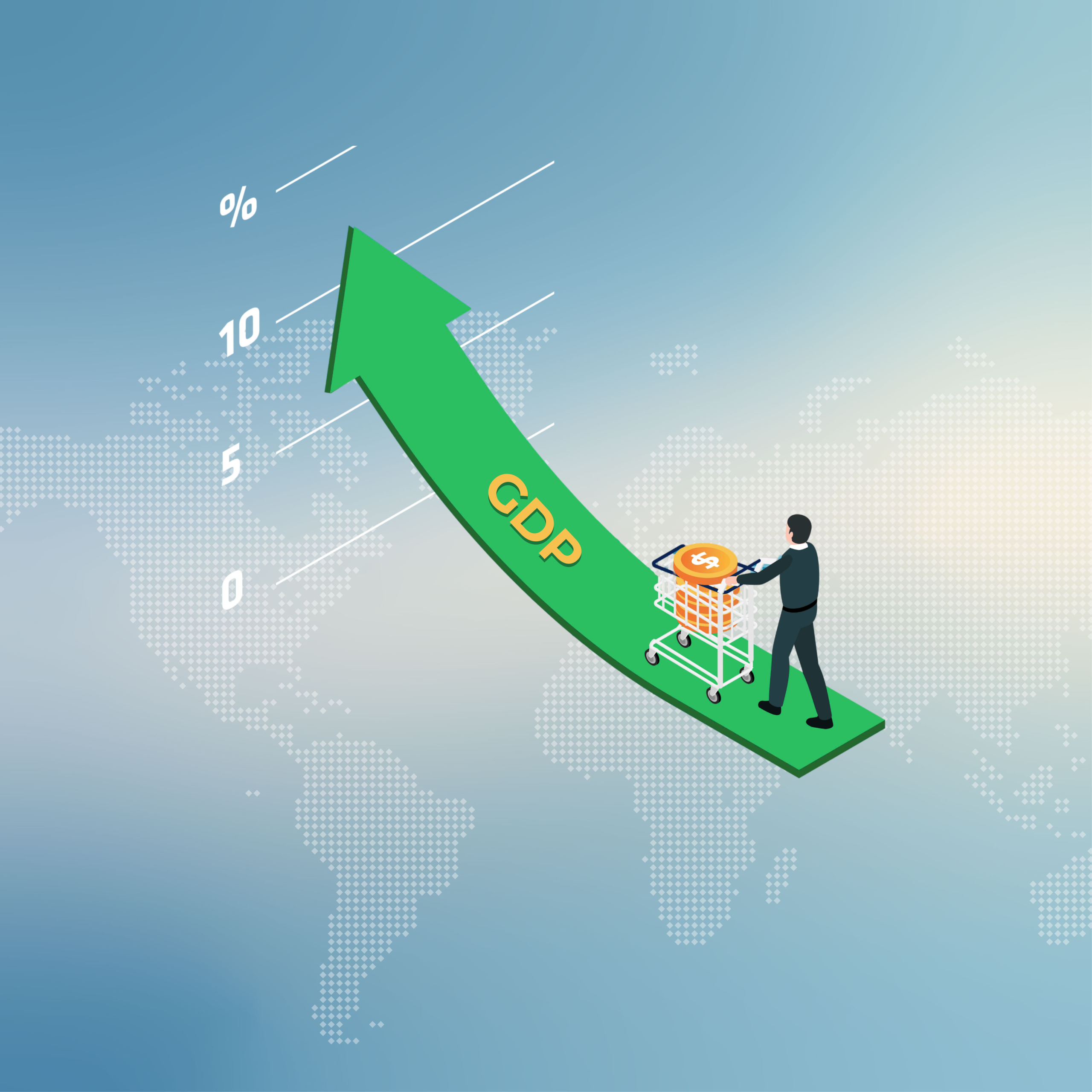The Vietnam Manufacturing Purchasing Managers’ Index (PMI) remained unchanged at 50.3 in May, signaling another marginal monthly improvement in business conditions in the sector, S&P Global said in its monthly report.

New orders increased solidly again in May, as strengthening demand helped firms to secure new customers. However, the rate of expansion was slightly softer than in April.
Meanwhile, new export orders also increased, albeit to a lesser extent than total new business.
The expansion of total new business encouraged manufacturers to raise their production volumes for the second month in a row. Moreover, the rate of growth quickened to its fastest since September 2022.
Despite the increases in new orders and output, manufacturers recorded a second successive monthly fall in employment. Despite the drop in staffing levels, firms were able to keep on top of workloads in May. While employment continued to fall, another expansion of purchasing activity was registered in May as firms responded to rising output requirements.
Meanwhile, stocks of both purchases and finished goods continued to fall, with current sequences of depletion extended to nine and five months, respectively.
Factory expansion plans, the launch of new products and the prospect of continued growth of new business all supported confidence in the year-ahead outlook for production. Sentiment was broadly unchanged from April, remaining below the series average to signal relatively muted optimism, the report noted.
“The latest S&P Global Vietnam Manufacturing PMI data was something of a mixed bag. On the positive side of the ledger, new orders were up solidly again amid signs that demand growth is being sustained, prompting a sharper increase in production in May,” said Andrew Harker, economics director at S&P Global Market Intelligence.
On the other hand, there are concerns around staffing levels and inflationary pressures. The former decreased again and at a solid pace, potentially limiting firms’ capacities. Meanwhile, cost inflation was the fastest in close to two years, feeding through to higher output prices. This could restrict demand in the months to come, he added.
“Overall, companies are optimistic regarding the future, with success in securing new business hopefully acting to overcome the headwinds being felt elsewhere,” Harker concluded.
Vietnamese government data showed that the country’s index of industrial production (IIP) grew 8.9% year-on-year in May and 6.8% in the first five months of this year.
 info@mplogistics.vn
info@mplogistics.vn (+84) 28 3811 9033
(+84) 28 3811 9033




 VN
VN